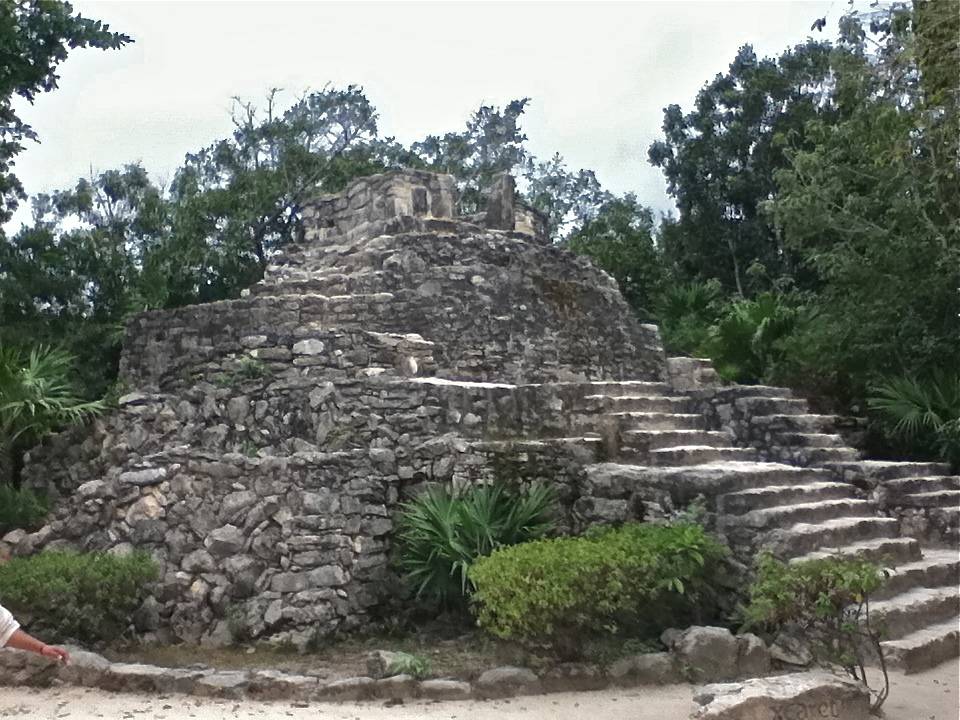The Archaeological Significance of Xcaret: A Maya Civilization Port and Trading Center
Xcaret, pronounced [ʃkaˈɾet] in Mayan, is an archaeological site of the Maya civilization situated on the Caribbean coastline of the Yucatán Peninsula, within the modern boundaries of Quintana Roo, Mexico. This site, once a bustling port and an important trading center for the pre-Columbian Maya, now partially lies within the confines of a contemporary tourism development known as Xcaret Park.
Get your dose of History via Email
Toponymy and Historical Context
The name Xcaret translates to “small inlet” in Mayan, a reference to its geographical location next to a strategic inlet that facilitated navigation and commerce. Historical records suggest the original name of the site was P’ole’, derived from the root p’ol, meaning “merchandise” or “deal of merchants.” This nomenclature underscores the site’s economic significance in the Maya civilization.
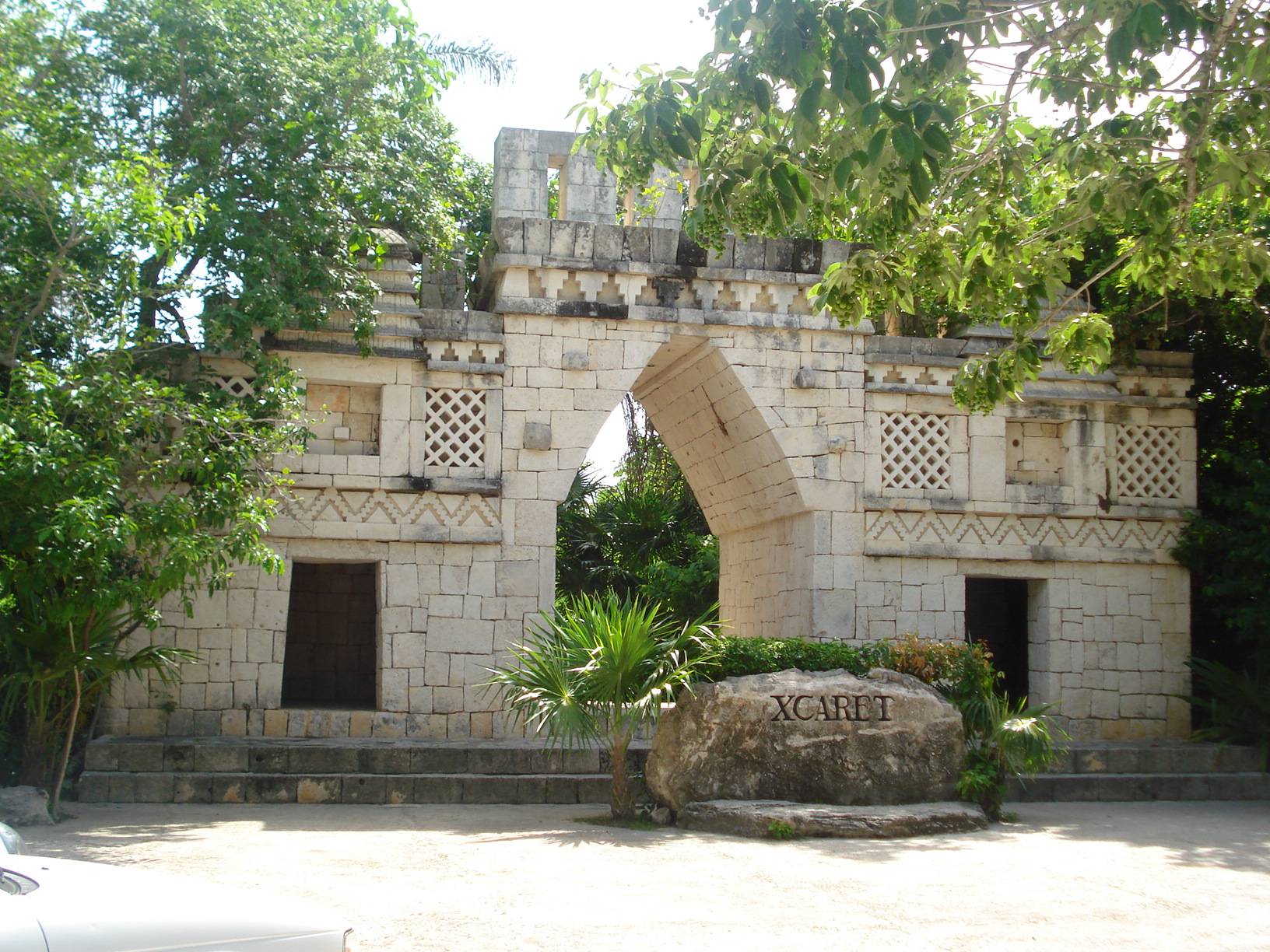
Archaeological and Historical Insights
Research conducted by the National Institute of Anthropology and History (INAH) indicates that the earliest structures at Xcaret date back to between 200 and 600 AD. However, the majority of the site’s architecture originates from the period between 1200 and 1550 AD, aligning with the Late Post-Classical period of Maya civilization. Unlike Tulum, which had a wall open towards the ocean, Xcaret’s defensive structures were designed to protect against sea-based threats, highlighting its strategic importance.
By the time of the Spanish incursion led by Alonso Dávila and Francisco de Montejo between 1527 and 1529, Xcaret was still inhabited. The construction of a Spanish chapel in 1548, under the oversight of Juan Núñez, indicates the continued relevance of Xcaret as a settlement. Despite the chapel’s thatched roof disintegrating over time, its walls remain, serving as a testament to the site’s enduring significance.
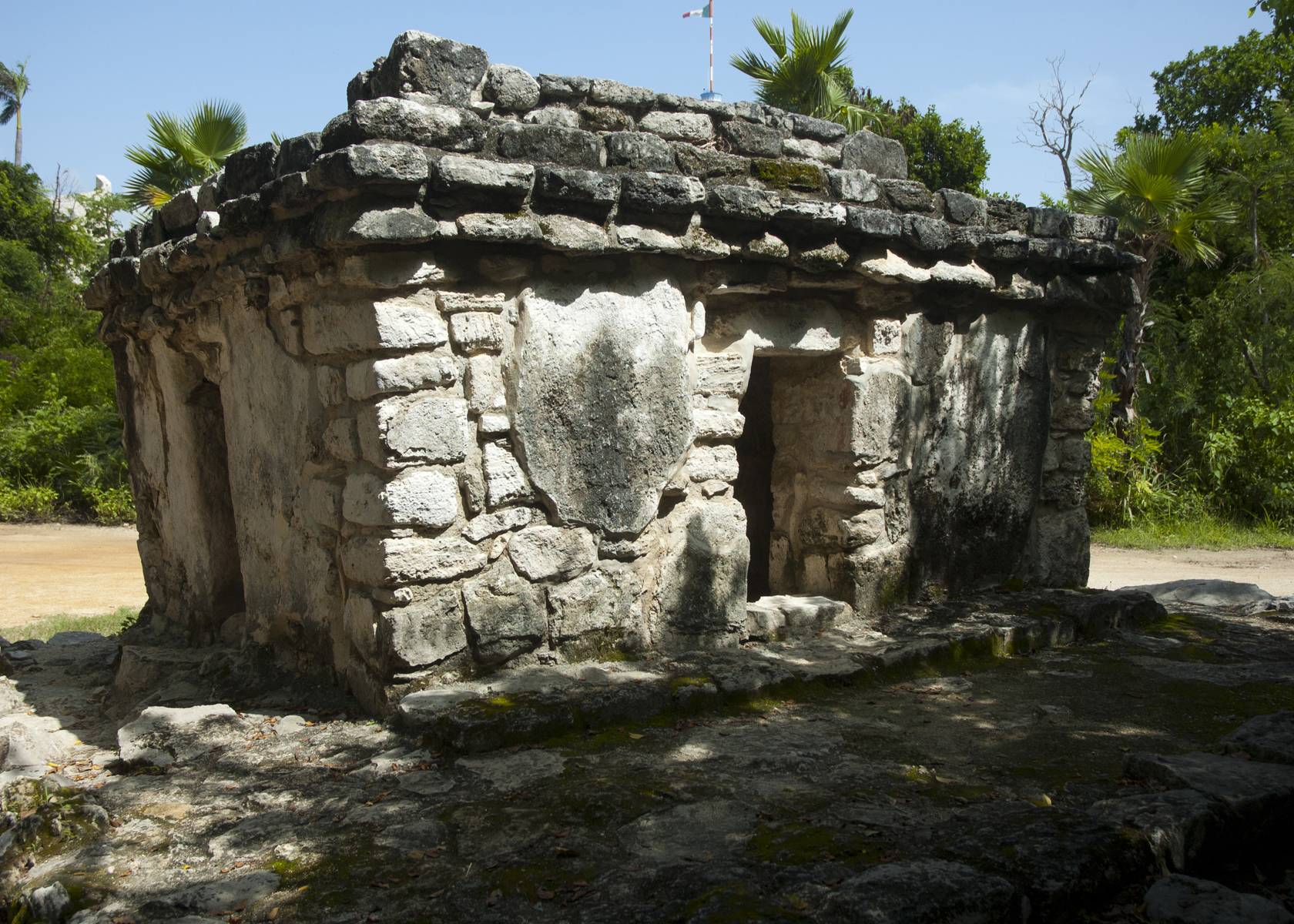
Economic and Political Role
Documents from the period hint at Xcaret’s role as one of the most active Maya ports on the east coast, engaging in political marriages with the inhabitants of Cozumel for strategic advantages. Such alliances suggest Xcaret’s political and economic importance in the region.
Archaeological Finds and Interpretations
Excavations have revealed fascinating insights into the people of Xcaret. The discovery of 135 human remains in the chapel and the analysis of DNA found on site indicate a close genetic relationship between the ancient inhabitants of Xcaret and contemporary Maya populations, as well as other Native American groups of Mesoamerican origin. This contrasts with the genetic lineage found in ancient Maya from Copán, highlighting the diverse genetic makeup of the Maya civilization.
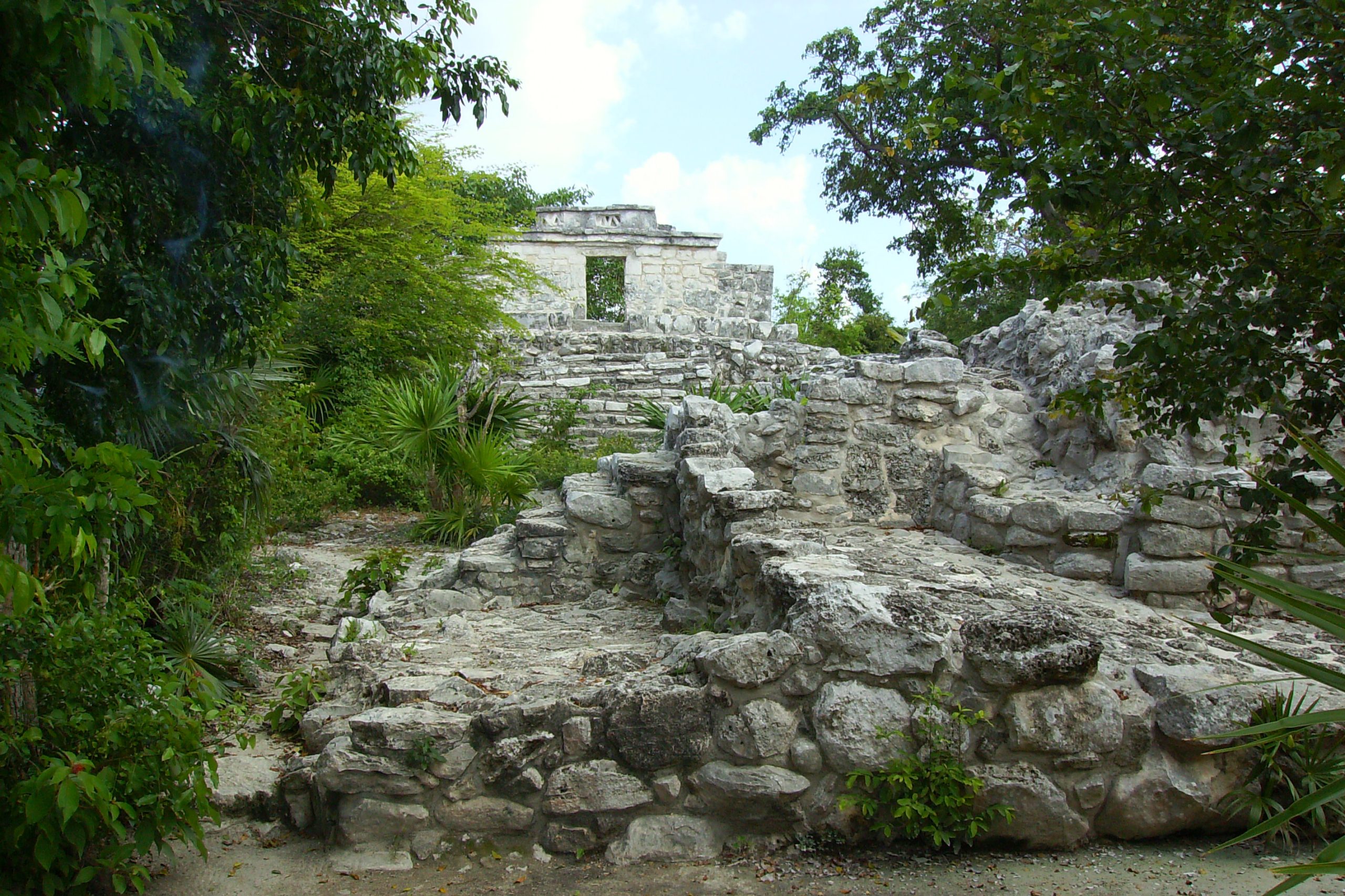
The Site Today
Xcaret’s archaeological significance is preserved within the Xcaret Theme Park, offering a unique blend of historical exploration and modern entertainment. The site’s coastal location, featuring a protected cove, was instrumental in its function as a commercial port and a point of embarkation to the sacred shrine of Ix Chel on Cozumel Island. The presence of caves, underground waterways, and cenotes within the site underscores its ritual significance to the Maya.
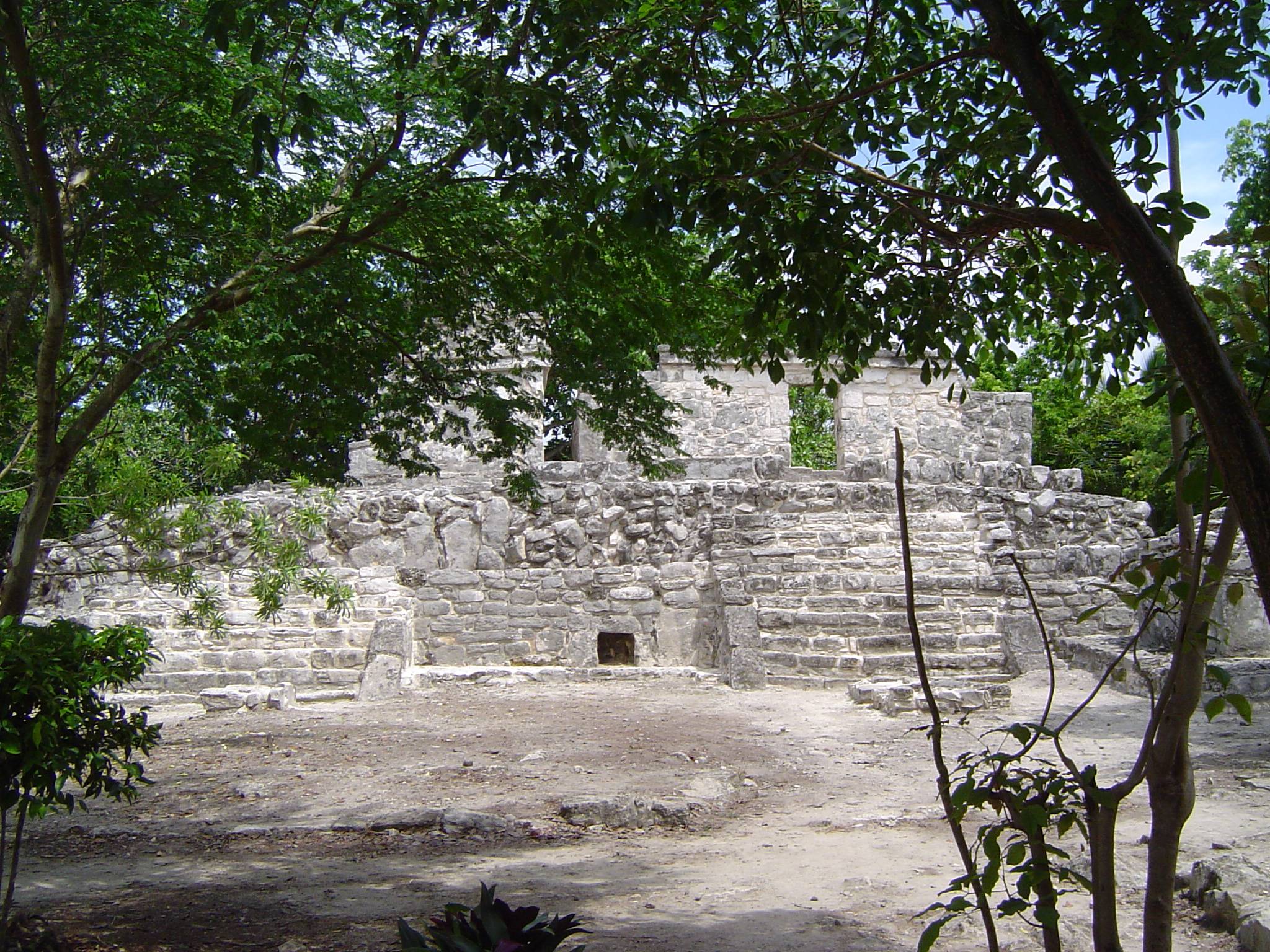
Conclusion
Xcaret stands as a testament to the ingenuity and complexity of the Maya civilization. Its strategic location, architectural achievements, and the wealth of artifacts recovered from the site offer invaluable insights into the economic, political, and religious practices of the ancient Maya. As research continues, Xcaret will undoubtedly contribute further to our understanding of this fascinating civilization.
Sources:

